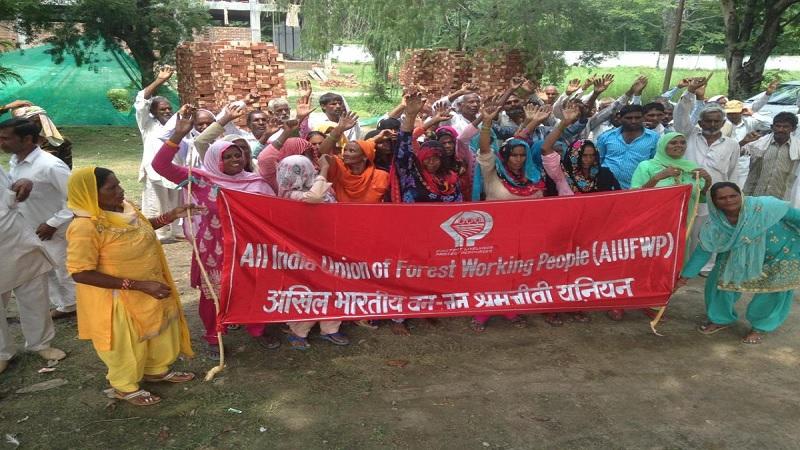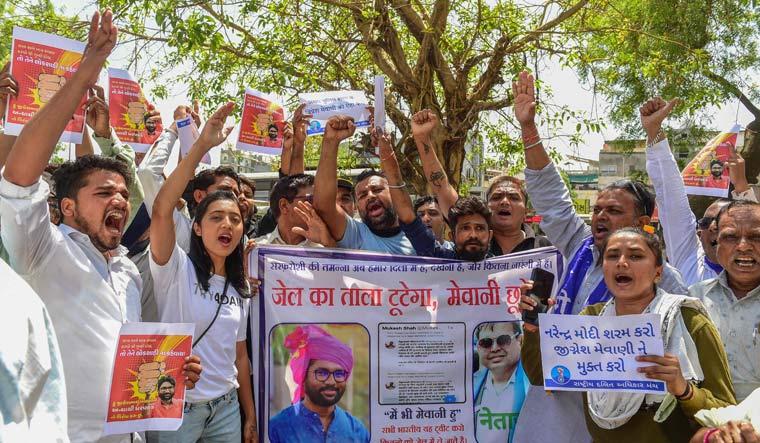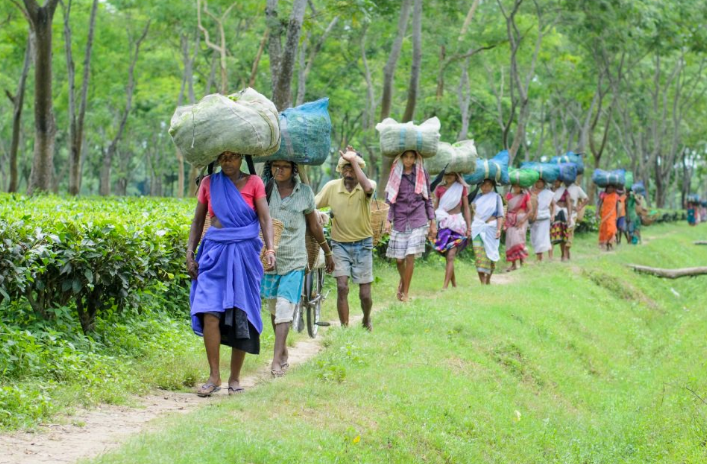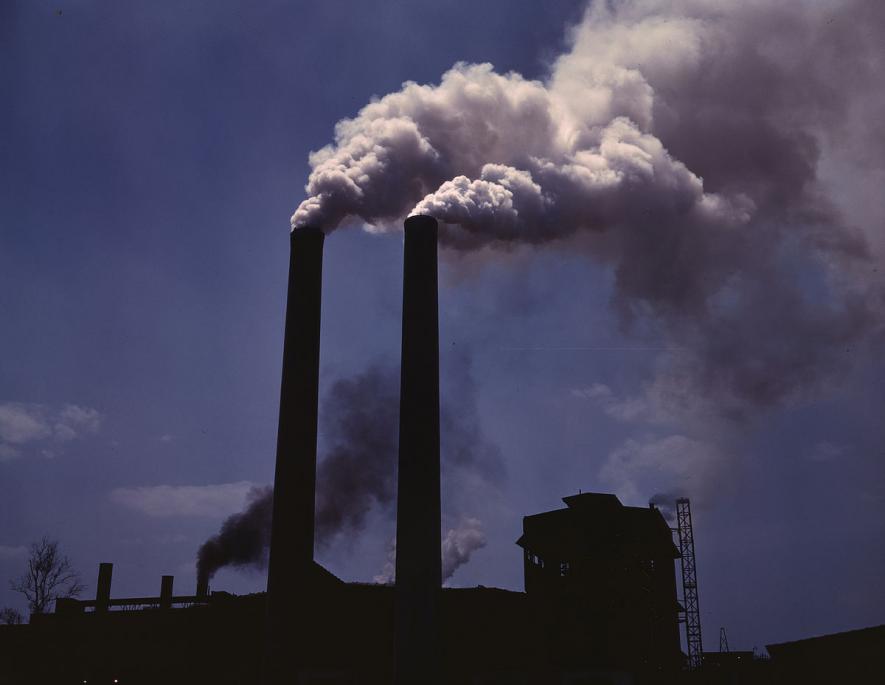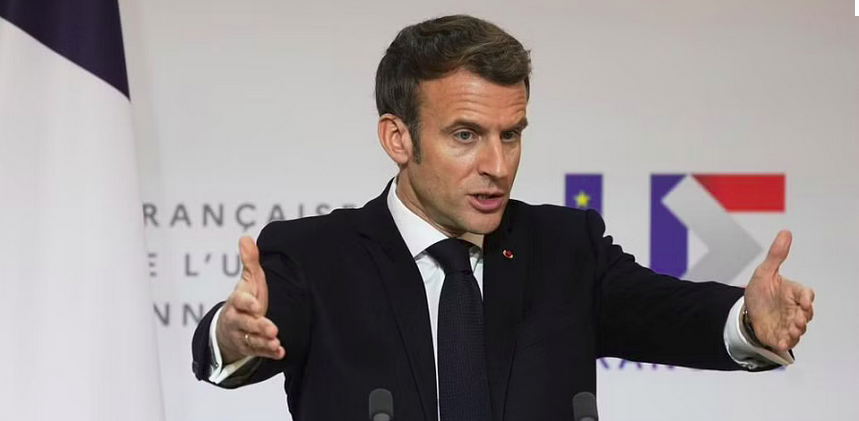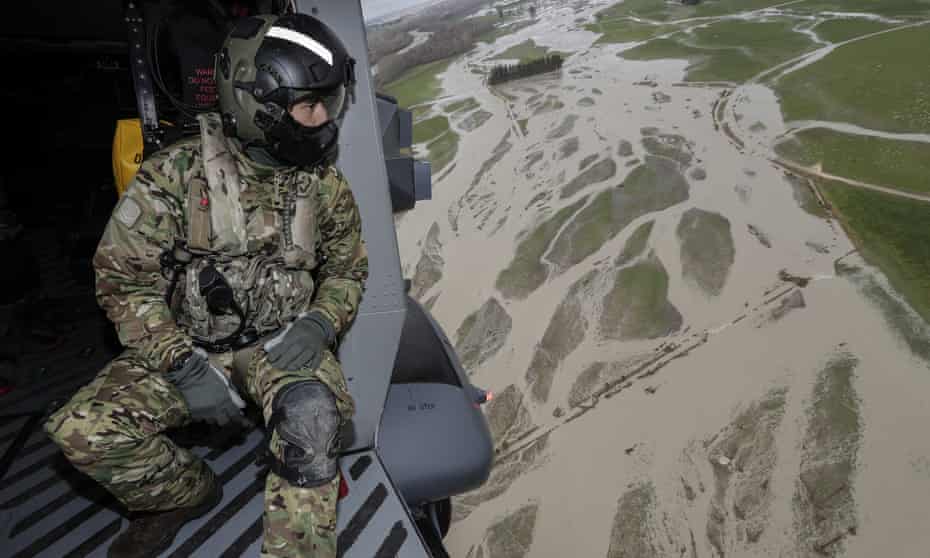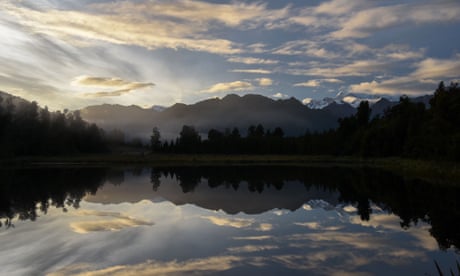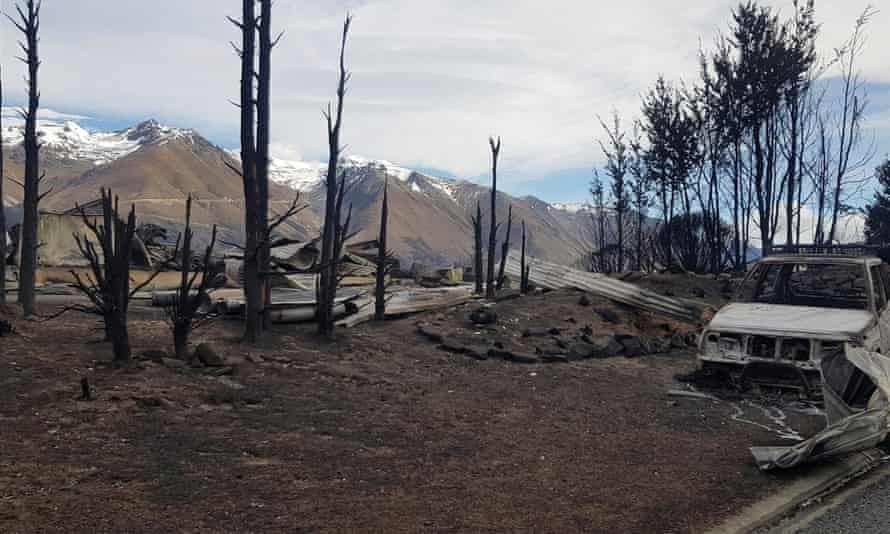PAKISTAN
THE ROOTS OF THE RAGE AGAINST AMERICA
Zahid Hussain
Published May 1, 2022

LOANG READ
The crowd of Pakistan Tehreek-i-Insaf (PTI) supporters at the Islamabad rally on March 27 was already charged — their party leader seemed to be on his way out, and various other politicians and stakeholders had clearly banded together to ensure his ouster.
The crowd wanted to know what their leader had in store for them. Imran Khan had promised them a revelation, and he surely delivered.
The then prime minister pulled out a paper that would further electrify this crowd. He brandished before them a ‘letter’, evidence of an ‘American-sponsored conspiracy’ to oust his government. What came next was all too familiar to anyone who has lived in, or observed, Pakistan over the decades. Chants of ‘down with America’, and a doubling down of the foreign conspiracy mantra.
Given deep-rooted anti-American sentiments in Pakistani society, the public response to the conspiracy narrative has not been surprising. The narrative of a ‘foreign conspiracy’ may have failed to prevent the unravelling of the former ruling coalition, but a populist, ultra-nationalist rhetoric has galvanised Khan’s supporters.
Weeks after former Prime Minister Imran Khan first claimed an American conspiracy to oust his government, he and his party continue to stick doggedly to the narrative — even in the absence of evidence. What do politicians hope to gain from inflaming anti-American sentiments? And why does this narrative continue to resonate in Pakistan?
Interestingly, as is now clear, the allegation has been built around a cable from the outgoing Pakistan ambassador to Washington, based on his conversations with senior-level US State Department officials. It is simply a diplomat’s analysis of the existing views in Washington regarding the Khan-led government.

A file photo shows an anti-US and anti-Israel protest in Karachi | White Star
Imran Khan’s move to weaponise this and whip up nationalist sentiments has dangerously polarised the country. It has not been uncommon in Pakistan’s power game to use the ‘anti-state’ label against political rivals. Almost every political leader in the country has, at one time or the other, been branded a traitor.
But Khan has taken this to a new level. He has declared himself the sole defender of national interests, while painting all his opponents as ‘American agents’.
It is not only the opposition. Journalists and members of the civil society have also been constantly targeted in this ongoing campaign orchestrated by the party’s top leadership. Even social interactions with foreign diplomats have been labelled as anti-state. (Khan’s own recent meeting with a US Congresswoman has been an exception, of course).
Khan is back on the proverbial container, marking the beginning of what he describes as a “freedom struggle” against a “foreign conspiracy of regime change.” He vows to bring down the so-called “imported government”.
The long history of external involvement in Pakistani politics — particularly the decades-long Pak-US relations rollercoaster ride, which has certainly had its ups and downs — has made it easier to whip up anti-American sentiments.
This is what makes the ‘imported government’ narrative such a powerful tool.
The National Security Committee has recently reiterated that there was no foreign conspiracy to topple the Khan-led government. But it hardly matters. PTI supporters and the party leadership have stuck to the narrative.
The distrust towards America strengthens this narrative. Indeed, this distrust has built up over decades. Here we journey back to see why.
DISENCHANTED ALLIES

A 2006 file photo shows US President Bush with President Pervez Musharraf
at the Oval Office | AFP
The history of US-Pakistan relations is full of paradoxes. After gaining independence, Pakistan decided to join the US-led Western alliance against the Communist bloc. And in 1954, Pakistan and the US signed a Mutual Defence Assistance Agreement. In the same year, Pakistan also joined the Southeast Asia Treaty Organisation (Seato), a US-sponsored security alliance.
Because of its geostrategic location, Pakistan became an important cog in America’s regional security strategy to contain communism.
Although there was no assurance for Pakistan of the alliance coming to its help against any aggression from its arch-enemy India, the military aid it received from the US helped strengthen its defence. The US financial aid also provided economic stability to the country. In 1955, Pakistan also joined the Baghdad Pact, later known as the Central Treaty Organisation (Cento).
A new cooperation signed between the two states in 1959 was perhaps the most significant up until that time. Under the treaty, the US was required to assist Pakistan if the country was attacked by any regional power. Pakistan’s decision to join the US-led defence pacts was justified on the grounds that the country faced threats from India on its eastern borders and Afghanistan on the west. But it was mainly meant to improve the country’s defence capabilities against India.
The US supplied a wide range of military hardware, including Patton tanks, artillery, helicopters, bombers, high-level long-distance radars, frigates and submarines. Pakistan also received substantial US aid for infrastructure development. On the other hand, the defence pacts allowed the US to set up a secret intelligence base under the cover of a communication centre at Badaber, near Peshawar.
This centre also served as the base for high-level U-2 ‘spy in the sky’ surveillance aircraft for illegal flights over the erstwhile Union of Soviet Socialist Republics (USSR). Pakistan, however, paid a heavy price for this alliance. It antagonised the Soviet Union. And it also fuelled anti-American sentiments at home.
Then the Sino-Indian War in 1962 drastically changed regional geopolitics. As the US sided with India, it heralded a new period in Pakistan’s relations with China. As Pak-China relations strengthened, there was a steep increase in US military and economic aid to India.
Finally, the 1965 war between India and Pakistan lent a serious blow to Islamabad’s relations with Washington. Instead of helping Pakistan, the US stopped all military assistance to the country. The US action was regarded as a stab in the back.
CHANGING TIDES

Then Prime Minister Nawaz Sharif greets visiting US Secretary
of State John Kerry in 2013 | White Star
The 1971 war brought further Pakistani resentment and US restrictions on Pakistan. A popular feeling of the time was that while the nearby American Sixth Fleet could have intervened in the East Pakistan fighting against India, it did not. This compelled Pakistan to review its foreign and security policy, which was heavily tilted towards the US. There was a realisation among Pakistani policymakers that they could not rely on the US for their nation’s security.
Zulfikar Ali Bhutto, who took over power in the truncated Pakistan after the 1971 war, pulled Pakistan out of the defence pacts. He diversified Pakistan’s foreign policy by improving ties with China and the USSR.
In February 1975, following the Washington visit of then prime minister Zulfikar Ali Bhutto, the US administration lifted its embargo on the supply of arms to Pakistan.
But the Pakistan-US relationship started to deteriorate once again in 1976, when the Ford administration exerted unprecedented pressure on Pakistan to abandon the negotiations concerning the purchase of a nuclear reprocessing plant from France. In 1979, President Carter cancelled American aid to Pakistan, having successfully pressed France to break this nuclear deal.
Pakistan’s nuclear programme, started by Zulfikar Ali Bhutto in 1975, remained a major point of conflict between Islamabad and Washington. But two key regional developments in 1979 — the Islamic revolution in Iran and the Soviet invasion of Afghanistan — compelled the US to review its policy towards Pakistan. The two erstwhile allies got back together to stop the Soviet advance.
The international response to the Soviet occupation of Afghanistan was sharp and swift. US President Jimmy Carter, reassessing the strategic situation in the region in his State of the Union Address in January 1980, identified Pakistan as a “frontline State in the global struggle against communism.” Setting aside the sanctions imposed on Islamabad for its nuclear programme, the US offered massive military and economic aid to Pakistan.
The Soviet invasion ended the decade-long estrangement between the two erstwhile allies and brought them together to help the Afghan ‘Mujahideen’ fight the occupation forces. Pakistan once again became the linchpin in the West’s battle against communism. The American Central Intelligence Agency (CIA) and Pakistan’s Inter-Services Intelligence (ISI) collaborated in conducting the biggest covert war ever in global history.
The Afghan War placed enormous resources at the ISI’s disposal. Weapons provided by the CIA were channelled to Afghan fighters through the ISI.
By the mid-1980s, every dollar given by the CIA was matched by another from Saudi Arabia. The funds, running into several million dollars a year, were transferred by the CIA to the ISI’s special accounts in Pakistan. The backing of the CIA and the funnelling of the massive amounts of US military aid helped Pakistan expand its defence capabilities. The ISI-CIA covert operations eventually forced the Soviet forces to leave Afghanistan in 1989.
The collapse of the Soviet Union and the end of the Cold War in 1990 also gave birth to a new world order. The US walked out of the region after the Soviet forces pulled out of Afghanistan in 1989. And Pakistan was no more as important for the US, which had emerged as the world’s sole superpower.
Relations between the two countries went into deep freeze after the US clamped multiple sanctions against Pakistan once again for developing nuclear weapons. More sanctions came after Pakistan conducted nuclear tests in 1998, in response to India’s tests. Pakistan was further punished after the 1999 military takeover of Gen Musharraf.
From being a close ally in the 1980s, Pakistan had become a pariah nation. The sanctions had hurt military to military relations the most, which had been the pivot of the relationship between the two countries.
This marked yet another period of separation between the two Cold War era partners, causing a deep sense of betrayal in Pakistan. During the 1990s, Pakistan suffered banishment from American favours.
From Pakistan’s perspective, the legacy of the country’s relations with the US during the Cold War has been generally negative. The left in Pakistan had always viewed the state’s tilt towards imperial America with hostility, since they saw US support as bolstering dictatorships such as that of Gen Ayub and Gen Zia. But now a similar hostility also began to be expressed within the establishment and by its allied conservatives. A sense of bitterness and distrust towards the US began to pervade Pakistani society. And clearly, this bitterness continues to persist.
AFTER SEPTEMBER 11
The 9/11 attacks again changed the world. Within hours of the planes crashing into the Twin Towers, the Bush administration declared a war against Osama bin Laden’s Al Qaeda and Afghanistan. Rarely had the world witnessed such unanimous international support. Nations stood behind President Bush in what he had described as the ‘War on Terror’. A UN Security Council resolution bound all nations to support the US action.
The events of 9/11 also, once again, ended Pakistan’s international isolation.
Gen Musharraf had realised, within hours of the September 11 attacks, that the US would accept nothing short of complete compliance from his government on the US war plans. Denying support did not seem like a viable option. Musharraf was apprehensive that the Pakistani military could be completely destroyed in a confrontation with the world’s greatest superpower. His other fear was that the country’s weak economy would not be able to withstand international sanctions. His greatest concern, however, was about US forces using Indian bases in case of Pakistan’s refusal to cooperate.
And just like that, Pakistan and the US were back together after a decade of estrangement.
Pakistan’s policy volte-face after 9/11 was more of an expediency. Ironies abounded in the new relationship. After having spent the past seven years helping the Taliban, Pakistan was required to help the US dislodge the hardline Islamist government that was seen by Pakistan’s military establishment as critical to the country’s security.
Pakistan’s vast cache of intelligence information on Afghanistan was seen as crucial by the US for taking military action against the Taliban and Al Qaeda. But the turnaround was not easy.
It was the most difficult moment for Gen Musharraf when, in an address to the nation on September 19, 2001, he tried to explain why he had decided to side with the US in the so-called ‘War on Terror’. He justified his decision to support the US saying it was necessary to save the country’s strategic assets, safeguard the cause of Kashmir and prevent Pakistan from being declared a terrorist state.
Gen Musharraf was, perhaps, more concerned about the reaction within the military than the general public. He had a tough time in convincing his generals of, once again, getting into a partnership with the US. At least four commanders, including the Vice Chief of Army Staff General Muzaffar Usmani, were opposed to abandoning the Taliban. Musharraf had to walk a very difficult tightrope.
A strong argument in support of the change of policy direction was that the US could obliterate Pakistan if it did not cooperate. India had already offered logistic support and use of all their military facilities to the US. And India had even cleared its air base at Farkhor, near Dushanbe in Tajikistan close to the Afghan border, for American forces to operate from. The fear of an American-Indian alliance, that could lead to Pakistan being declared a terrorist state, finally swung the decision.
Nevertheless, antipathy towards the US ran deep in Pakistan. It was the beginning of an extremely uneasy relationship. There was deep distrust of the US.
This distrust was at the very foundation of this relationship. This new phase of the US-Pakistan partnership was seen as a good opportunity to join the international community, but there was also a vote of caution.
It was another war in Afghanistan that became the pivot around which the new US-Pakistan partnership was built. The circumstances of the two unisons were, however, very different. While there was a strong convergence of interest that had bound the two nations in a strategic relationship in the 1980s, the alliance that emerged after 9/11 was more out of expediency and compulsion. Although it was projected as a strategic partnership, in reality it was a transactional relationship from the outset.
While Pakistan’s support was critical to the US’s war against Al Qaeda and the Taliban in Afghanistan, the new partnership brought an end to Pakistan’s international isolation. The removal of multiple sanctions revived the flow of US financial and military aid to Pakistan. It almost felt like the country had returned to 1979, when the Soviet invasion had ended the estrangement between the two erstwhile allies.
AN INCONVENIENT PARTNERSHIP

A 2019 file photo shows US President Donald Trump with then
Prime Minister Imran Khan in New York | AFP
The post 9/11 US-Pakistan partnership remained full of ironies. While the cooperation between Washington and Islamabad against Al Qaeda remained extremely effective, that understanding was missing when it came to taking action against the Taliban leadership residing in Pakistan’s border regions.
Meanwhile, the sanctuaries in Pakistan and support from their allies among Pakistani Islamist groups helped the Taliban reorganise. Within a few years, the Taliban had turned into a formidable resistance force challenging the occupation forces.
Increasing Indian influence in Afghanistan was one of the reasons for the Pakistani security agencies not acting against the Taliban safe havens on its soil. The Pakistani military establishment viewed the expanding Indian presence in its ‘backyard’ as a serious threat to the country’s own security. The expanding Indian presence in Afghanistan had compounded Islamabad’s fears of being encircled.
Some of Pakistan’s security concerns were legitimate, but the fears of encirclement verged on paranoia. It also resulted in Pakistan’s continuing patronage of some Afghan Taliban factions, such as the Haqqani Network, which it considered a vital tool for countering Indian influence, even at the risk of Islamabad’s relationship with Washington.
Worsening US-Pak relations had also seriously affected America’s war efforts in Afghanistan. A series of incidents in 2011 had brought an already uneasy alliance to a breaking point.
The Raymond Davis episode in January 2011 exposed the CIA’s secret network operating in Pakistan. The scandal revealed the widening trust gap between the two allies. The crisis was deescalated by both sides taking a step back, but the damage had already been done.
The unilateral raid by the US Special Forces on Osama bin Laden’s compound in Abbottabad on May 2, 2011, further strained the relations between Washington and Islamabad. The US action on Pakistani soil was seen as a national humiliation. But the fact that the world’s most wanted terrorist was living in a garrison town close to the Pakistan Military Academy had put Pakistan in a very embarrassing position.
Pakistan faced many questions. Was this just an intelligence failure? Or was there anything more to the presence of the Al Qaeda leader in a high security zone?
But the most serious blow to the alliance came on November 29, 2011, when US Air Force jets bombed a Pakistani border post at Salala in the Bajaur tribal region, killing several soldiers. It was an inflection point in the rocky relationship. The Obama administration’s reluctance to even offer an apology to the killing of soldiers of an allied country made things worse.
For seven months, Pakistan closed down the vital ground supply line to Nato forces in Afghanistan. The stalemate was finally broken after Secretary of State Hilary Clinton said the magic word: sorry.
But by now the cracks in the alliance had become irreparable. The Salala incident led to a resetting of the relationship. Now there was not even a pretence of a strategic alignment.
There was nothing much left in the partnership, wrecked by allegations of double games and deceit. Almost all US military aid to Pakistan had been stopped and only a trickle of civilian assistance continued.
Yet, a complete rupture was not a choice for either side. Pakistan was still critical for the US to extricate itself from its longest war. While the illusion of any strategic convergence has been absent for long, the mutual interest in ending the war in Afghanistan kept relations alive.
END OF THE WAR
With the end of America’s war in Afghanistan, the post post-9/11 US-Pakistan relations have come full circle.
There is no indication yet of any major shift in Washington’s policy towards Pakistan. The cold response from the Biden administration and some unnecessary rhetoric from Pakistani leaders has made it difficult to move forward.
Indeed, Khan’s attempts to get Biden on the phone last year yielded no results. And surely, the former prime minister’s insistence on igniting anti-US sentiments has not gone unnoticed internationally.
Nonetheless, for the past several years, Washington has seen Pakistan purely from the Afghan prism. There is no indication that the Biden administration will be deviating from that policy approach.
Meanwhile, changing regional geopolitics have created a new alignment of forces. The growing strategic alliance between the US and India on one side, and the China-Pakistan axis on the other, reflect these emerging geopolitics. Pakistan’s growing strategic relations with China and the escalating tension between Washington and Beijing too cast a shadow over future US-Pak relations.
The changing regional geopolitics and consequent realignment of forces have brought China and Pakistan closer. The cooling of Pakistan’s relations with the US, and the rising tensions with arch-rival India, have given further impetus to Pakistan to lean towards China.
BREAKING A PATTERN
Historically, the engagements between Washington and Islamabad have been narrowly framed, dictated either by short-term security interests or the imperative to deal with a common challenge. Resetting the relationship would need this pattern to be broken.
Pakistan says it seeks to have a broad-based relationship with the US. Now that the US military mission is over, there is a need to build a relationship beyond counterterrorism and Afghanistan.
For Pakistan, the US remains an important trading partner. The US is Pakistan’s largest export market and a major source of foreign remittances. Pakistan certainly needs US support to achieve economic stability. The country also has a growing technology sector that could be developed with US support.
But resetting the relationship will not be easy.
Public opinion in Pakistan about the US is not favourable. This is backed by a decades-long history — a history not only of the volatile relations between the two countries, but how these sour relations have been leveraged within Pakistan for political mileage.
Khan may be the latest politician to decry a foreign conspiracy, but he is far from the first. And in all likelihood, he will not be the last to invoke this tried-and-tested narrative.
The writer is an author and journalist.
He tweets @hidhussain
Published in Dawn, EOS, May 1st, 2022
